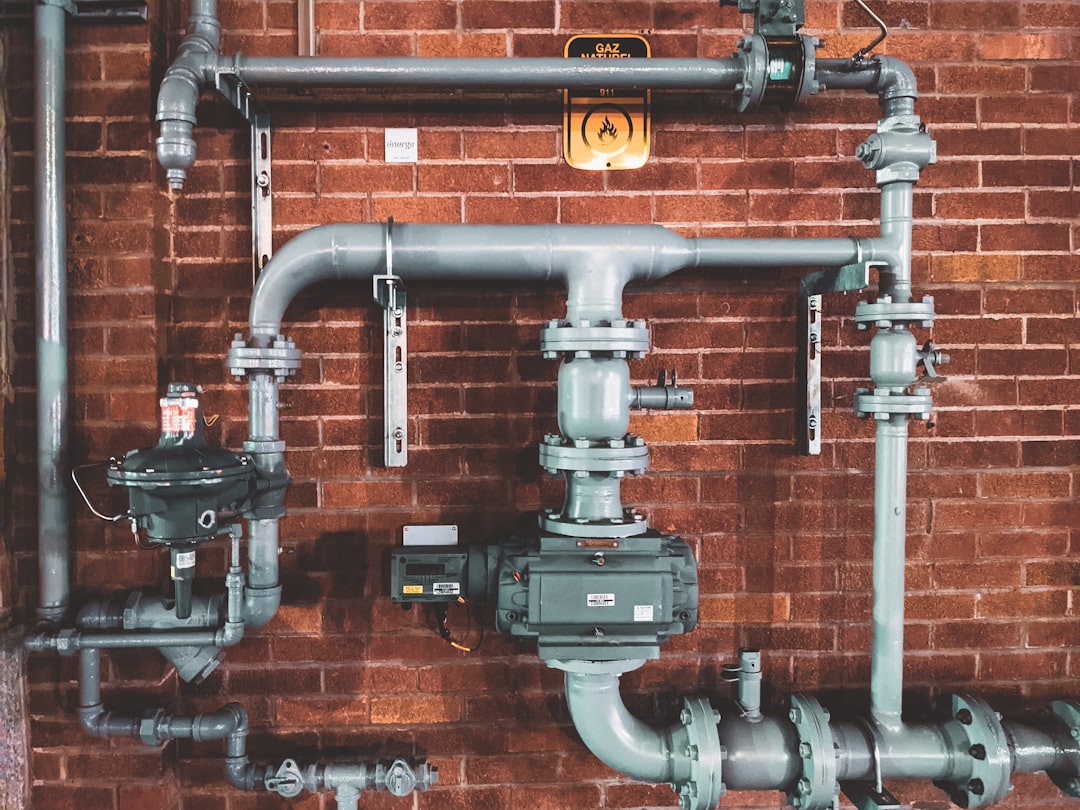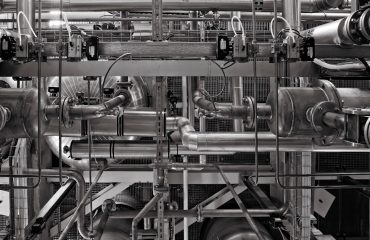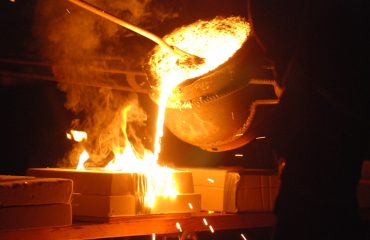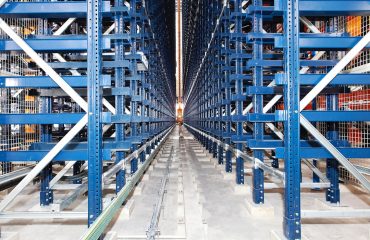body {
font-family: sans-serif;
line-height: 1.6;
}
h1, h2, h3 {
color: #333;
}
h1 {
font-size: 2.5em;
}
h2 {
font-size: 2em;
}
h3 {
font-size: 1.5em;
}
API 5L is a globally recognized standard specifying the requirements for line pipe, crucial for transporting fluids like oil and gas across vast distances. Understanding this standard is paramount for anyone involved in the design, manufacturing, procurement, or inspection of pipelines. This comprehensive guide will delve into the intricacies of API 5L, providing a clear and concise explanation of its various aspects.
Understanding API 5L Specifications: Grades and Their Properties
API 5L defines various grades of line pipe, each possessing unique mechanical and metallurgical properties tailored to specific applications and operating conditions. These grades are categorized based on their strength, toughness, and weldability. For example, Grade B is a common grade used for lower-pressure applications, while higher grades like X70, X80, and even X100 are employed for high-pressure, long-distance pipelines requiring superior strength and resistance to cracking. The specification also details the required chemical composition of the steel used, ensuring consistent quality and performance. The selection of the appropriate grade depends on several factors, including the operating pressure, temperature, and the nature of the transported fluid. Incorrect grade selection can lead to catastrophic failures, emphasizing the importance of careful consideration during the design phase.
API 5L Pipe Manufacturing Processes: From Steel to Finished Product
The manufacturing process of API 5L pipe is a complex procedure involving several stages, all meticulously controlled to meet the stringent requirements of the standard. It typically starts with the production of steel slabs through processes like continuous casting. These slabs are then rolled into the desired pipe dimensions, either through seamless or welded processes. Seamless pipes are produced by piercing and expanding a solid round billet, while welded pipes are formed by joining two edges of a steel plate. Both methods have their advantages and disadvantages, and the choice depends on factors like diameter, wall thickness, and required mechanical properties. After forming, the pipes undergo various heat treatments to enhance their mechanical properties and stress relief. Finally, stringent quality control measures are implemented throughout the manufacturing process, ensuring compliance with API 5L specifications.
Testing and Inspection Procedures for API 5L Pipes
Rigorous testing and inspection are crucial to ensure the quality and integrity of API 5L pipes. The standard mandates several tests to verify the mechanical properties, chemical composition, and dimensional accuracy of the pipes. These tests include tensile testing, bend testing, impact testing, and hardness testing. Non-destructive testing methods like ultrasonic testing (UT) and radiographic testing (RT) are also employed to detect internal flaws and defects. The frequency and intensity of these tests depend on the grade of the pipe and the intended application. Furthermore, third-party inspections are often conducted to verify compliance with API 5L requirements, ensuring the trustworthiness and reliability of the product. Detailed documentation of all testing and inspection results is essential for traceability and quality assurance.
Applications of API 5L Line Pipes: Across Diverse Industries
API 5L line pipes are ubiquitous in the oil and gas industry, forming the backbone of pipelines transporting crude oil, natural gas, and refined petroleum products across continents. However, their applications extend beyond this sector. They are also used in other industries requiring high-strength, corrosion-resistant pipes for fluid transport, including water pipelines, chemical pipelines, and even some specialized industrial applications. The versatility of API 5L pipes, coupled with their robust design and stringent quality control, makes them the preferred choice for numerous high-stakes applications where reliability and safety are paramount. The specific choice of pipe grade and specifications depends entirely on the fluid being transported, the operating pressure, the environmental conditions, and the overall project requirements.
Ensuring Compliance and Certification with API 5L
Compliance with API 5L is not merely a suggestion; it’s a necessity for ensuring the safety and longevity of pipeline systems. Manufacturers must adhere to the standard’s specifications throughout the entire manufacturing process, from material selection to final inspection. Independent third-party certification bodies play a critical role in verifying compliance. These organizations audit manufacturers’ facilities and processes, ensuring that the pipes meet the required standards. Obtaining API 5L certification provides assurance to clients and regulatory bodies that the pipes are safe and reliable. Non-compliance can result in serious consequences, including project delays, financial penalties, and potentially catastrophic failures with severe environmental and safety implications. Therefore, understanding and adhering to the API 5L standard is of utmost importance for all stakeholders involved.
This comprehensive guide provides a fundamental understanding of API 5L. It is crucial to consult the official API 5L standard document for detailed specifications and requirements.
SEO-Friendly Tags:
- API 5L
- Line Pipe
- Pipeline Standards
- Oil and Gas Pipelines
- Pipe Grades




